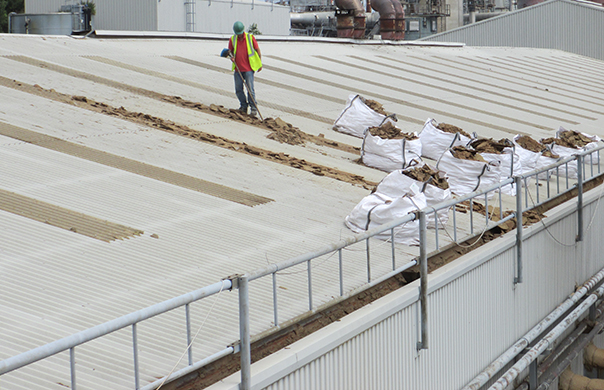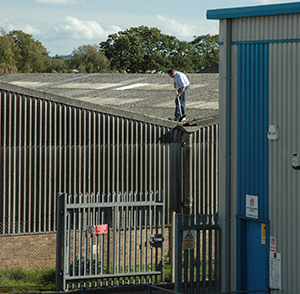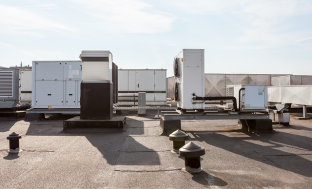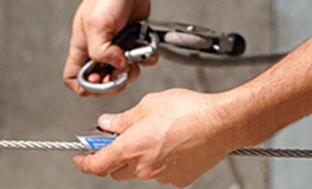latest news
Work at Height Audits and Assessments Part 1

By Mark Dolan, General Manager, Roof Edge Fabrications
In today’s competitive climate we’re being asked to cut costs wherever possible and provide a service at rock bottom prices. This is all very well, but the lowest price does not always mean that you are getting the best service. Something has to give, and unfortunately that’s often competency.
If you’re responsible for health and safety or work being carried out at your premises, particularly work at height, you should make sure that the work has been planned properly and that those doing the work are competent, otherwise you can’t guarantee that it’s being done safely. In this month’s blog, we explain who is responsible for audits and risk assessments, and what you should look for to ensure competency.
Work at Height is defined as work in any place, including at or below ground level, that a person could fall a distance liable to cause personal injury and can range from maintaining plant and equipment on a roof and cleaning gutters through to maintaining exterior lighting or putting up a display in a store. Whatever the work, it must be planned properly in order to ensure that it can be carried out in complete safety. This means having the relevant Work at Height Policy, Audits, Risk Assessments and Method Statements in place.
Policy
Your first responsibility is to develop a Work at Height Policy. This might simply state that you don’t work at height, but remember, work at height covers a vast range of activities so it’s more likely than not that work at height of some description will need to be considered.
As part of your policy you should look at how employees, contractors, visitors and members of the public might be affected. This Policy will outline your strategic document which establishes the procedures for working at height and what controls could be introduced.
Roles and responsibilities within your organisation should be clearly defined, for example, this may include Senior Managers who are responsible for ensuring all contractors are competent to work at height.

Audit
The next step is to carry out an overall Audit of work at height activities and ensure that relevant procedures are covered. These may include:
- Risk Assessments (are they completed, relevant to the specific task and reviewed regularly?)
- Inspections (is equipment inspected, inspection sheets and reports completed?)
- Maintenance (if access equipment is used, is it maintained and records kept?)
- Ladders (is there a ladder register, is it up to date, are ladders individually tagged and inspection sheets updated?)
- Lanyards and harnesses (is there a register, is it up to date, are items individually identifiable, inspection sheets up to date, users properly trained and are emergency/rescue procedures in place?)
- Training (are all relevant personnel trained in equipment being used, are they trained in height awareness and rescue, and is all training up to date?)
Once you have your Policy and Audit in place, you will need to ensure that risk assessments are carried out for individual tasks which require work at height.
Next Week
In next week’s Blog I’ll be looking at assessing individual tasks and why you need to ensure competency.





